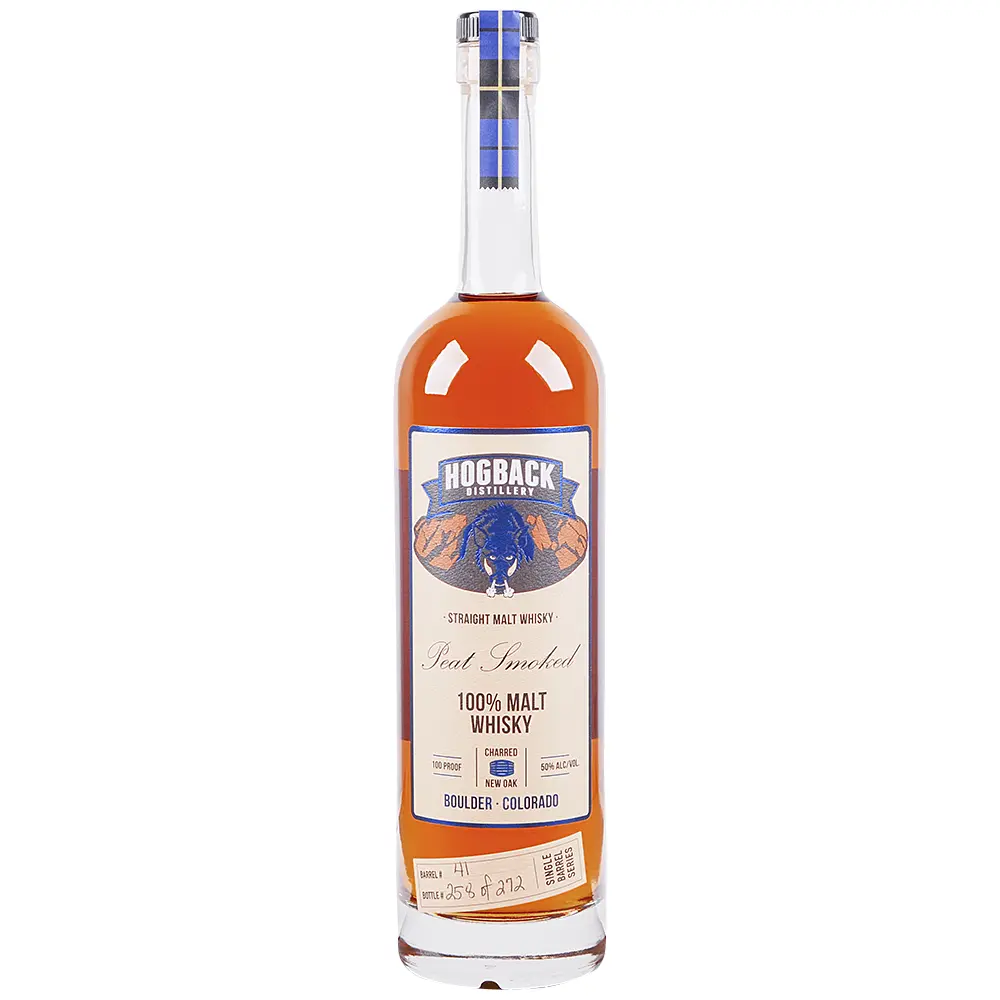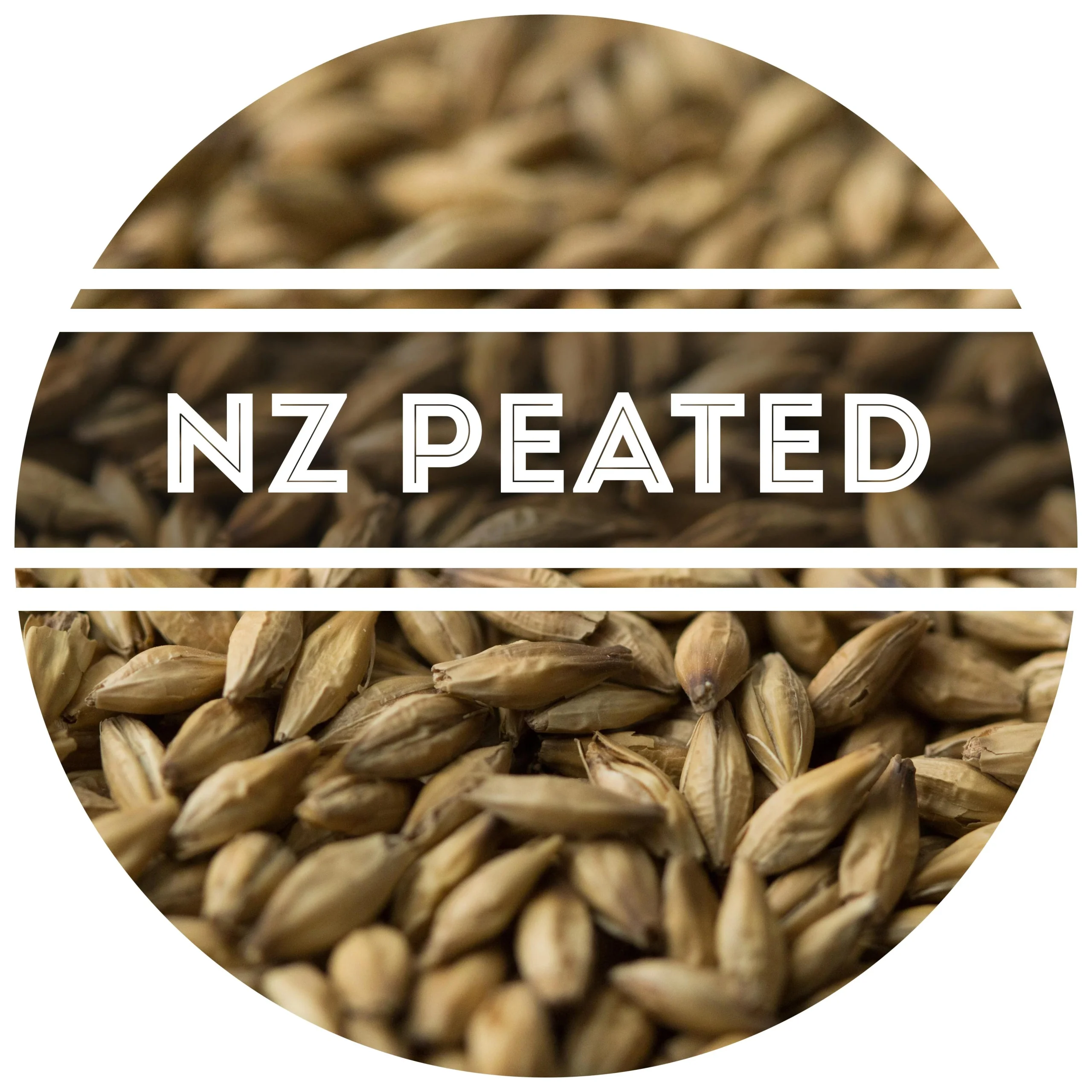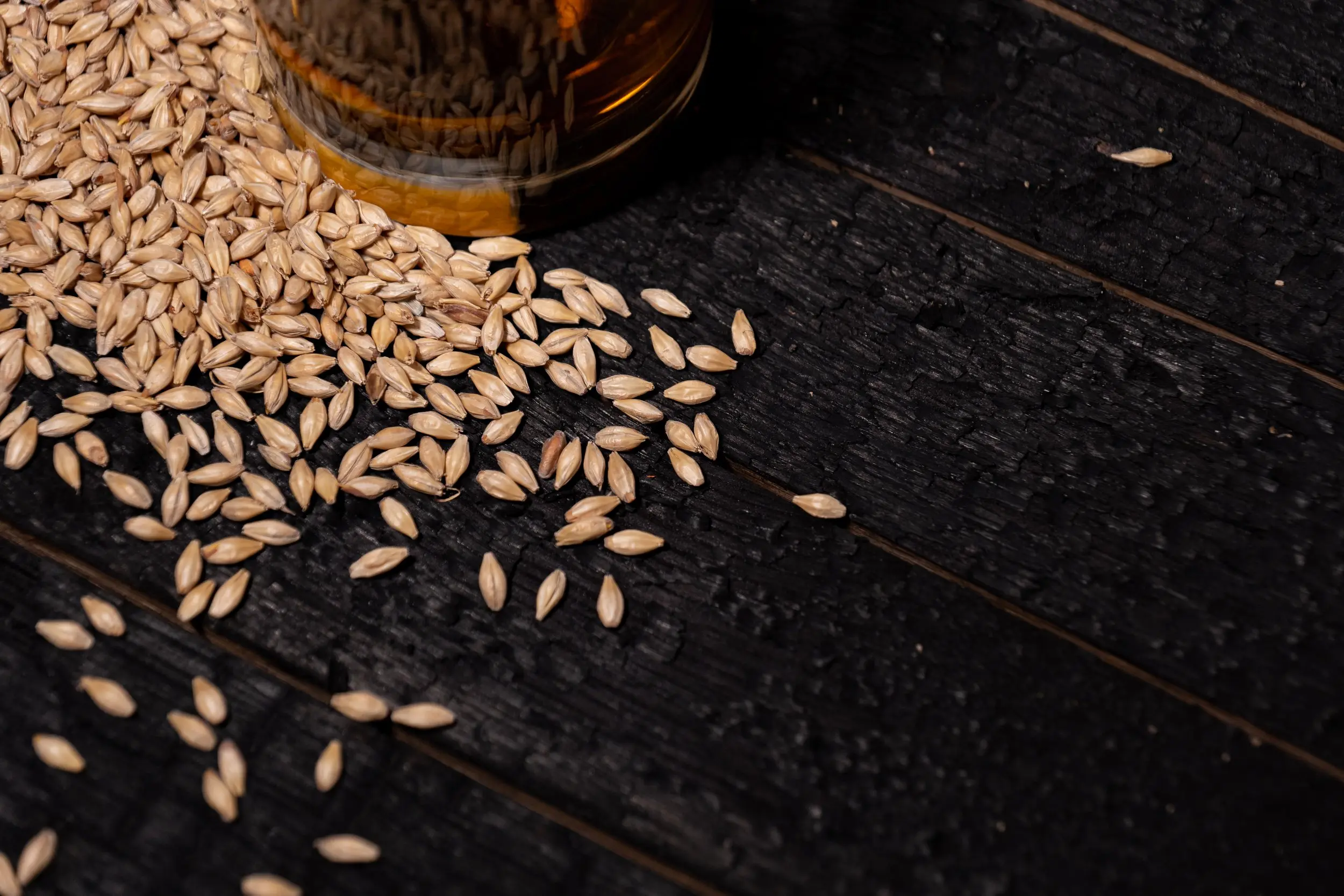When it comes to whiskey, the flavors and aromas are what make each bottle unique. One flavor profile that often stands out is the distinct smokiness found in certain scotch whiskies. This smoky flavor is often attributed to peat smoked malt, but what exactly is peat smoked malt and how is it different from other smoky whiskies? In this article, we will dive into the world of peat smoked malt, exploring its origins, production techniques, and the difference between peaty and smoky scotch.
What is Peat Smoked Malt?
Peat smoked malt is a type of malted barley that is dried using peat smoke. Peat is a decomposed plant material, typically found in boggy areas, and has been used for centuries as a source of fuel in whisky production. When malted barley is exposed to peat smoke during the drying process, it absorbs the smoky flavors and aromas, resulting in a distinct peaty character in the final whisky.
Peat smoked malt is commonly used in the production of scotch whisky, particularly in regions like Islay, where the peat bogs are abundant. The peat smoke adds complexity and depth to the whisky, giving it a unique flavor profile that is sought after by whisky enthusiasts around the world.

How is Peat Malt Produced?
The process of producing peat smoked malt starts with malting barley. Barley grains are soaked in water to initiate germination, and once the grains have sprouted, they are dried using hot air. In the case of peat smoked malt, the drying process involves exposing the malted barley to peat smoke.

The peat smoke is typically produced by burning dried peat bricks or peat moss. The smoke is then channeled into the drying kiln where the malted barley is spread out on the floor. As the smoke rises through the grains, it imparts its unique smoky flavors and aromas.
The length of time the malted barley is exposed to the peat smoke can vary depending on the desired intensity of the peaty character. Some distilleries may use heavily peated malt, resulting in a stronger and more pronounced smoky flavor, while others may opt for a lighter peat smoke, allowing other flavors to shine through.
Peaty vs. Smoky Scotch: Exploring the Difference
There is often confusion between the terms peaty and smoky when it comes to describing scotch whisky. Some believe that peaty flavor comes from the smoke released during kilning, while smoky whisky gets its flavor from the charring of the barrel. However, this is a misconception.
The smoke flavor in whisky primarily comes from the peat used during the malting process, not from the charring of the barrel. Charring is used to break down the wood and facilitate permeation, as well as to react with and remove sulfur compounds from the liquid. The peat smoke, on the other hand, imparts the distinct smoky flavors that are associated with peaty scotch whiskies.
While it is true that charring can contribute to a subtle smoky flavor in some whiskies, such as bourbon, it is not the primary source of smoke flavor. The smokiness in bourbon primarily comes from the charred oak barrels used for aging, rather than the charring process itself.
It is important to note that the flavors and aromas in whisky are complex and influenced by a variety of factors, including the type of grain, fermentation process, distillation techniques, and aging conditions. Peat smoked malt is just one element that contributes to the overall flavor profile of a whisky.
Frequently Asked Questions
What other whiskies use peat smoked malt?
While peat smoked malt is most commonly associated with scotch whisky, it is also used in other whiskies around the world. Some Irish whiskies, particularly those from the Cooley distillery, incorporate peat smoked malt into their production process. Additionally, there are some craft distilleries in countries like the United States and Japan that experiment with peat smoked malt to create unique flavor profiles.

Can you taste the peat in peaty whiskies?
Yes, peaty whiskies are known for their distinct peat smoke flavors and aromas. The intensity of the peaty character can vary depending on the amount of peat smoked malt used and the length of time it is exposed to the peat smoke. Some peaty whiskies have a subtle hint of peat, while others have a strong and dominating peaty character.
Are all smoky whiskies peaty?
No, not all smoky whiskies are peaty. While peat smoked malt is a common source of smoky flavors in whiskies, there are other ways to achieve smokiness. Some distilleries use alternative methods, such as smoking the malted barley with different types of wood or using smoked barley in the mash bill, to create smoky whiskies without the peaty character.
In Conclusion
Peat smoked malt plays a crucial role in the creation of peaty scotch whiskies, adding the distinctive smoky flavors and aromas that whisky enthusiasts love. The process of drying malted barley with peat smoke results in a unique flavor profile that sets peaty whiskies apart from their non-peaty counterparts. While the terms peaty and smoky are sometimes used interchangeably, it is important to understand that the primary source of smoke flavor in whisky comes from the peat, not from the charring of barrels. So, next time you enjoy a peaty scotch whisky, remember the role that peat smoked malt plays in creating that delightful smoky experience.
If you want to know other articles similar to Exploring peat smoked malt: flavors & techniques you can visit the Whisky category.


Related Articles